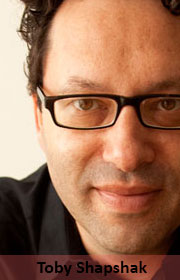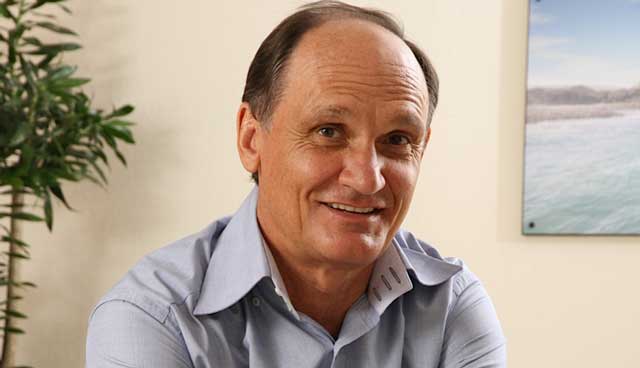 Having kick-started the only real price war in the South African cellular market, the “little network that could”, Cell C, is in a tough place. Alan Knott-Craig’s Hail Mary pass to capture his stated intention of 25% of the market appears to be working — at MTN’s expense — for the time being. The recent results from Blue Label Telecoms, which sells the most prepaid airtime in the country, show MTN has lost 400 000 customers.
Having kick-started the only real price war in the South African cellular market, the “little network that could”, Cell C, is in a tough place. Alan Knott-Craig’s Hail Mary pass to capture his stated intention of 25% of the market appears to be working — at MTN’s expense — for the time being. The recent results from Blue Label Telecoms, which sells the most prepaid airtime in the country, show MTN has lost 400 000 customers.
With a fresh round of investment from majority shareholder Oger Telecom, Cell C is fighting for what are called asymmetric interconnection rates with the bigger networks, Vodacom and MTN. The argument is that the underdog network should pay less for placing calls to its bigger rivals, therefore handing them less money, while making more for receiving their calls on its network.
Commentators have quite rightly pointed out that without this imbalance in billing, Cell C’s hopes are bleak.
Unfortunately, it seems unlikely these competition-enhancing arguments will hold sway. It’s more than a little disingenuous of Cell C to call itself an underdog when it has been in business for 12 years and is the third-largest network by customer numbers in the country.
Things are certainly changing. After decades of a cosy duopoly between Vodacom and MTN, with their complex, market-confusing packages, the market has opened up through Cell C and, more recently, through Telkom Mobile’s aggressive price cuts.
Credit must go mostly to Cell C. The price war began in 2010 when Lars Reichelt was appointed CEO. He launched a tongue-in-cheek advertising campaign using comedian Trevor Noah at the company’s CEO, or “customer experience officer”. But this was effectively a price skirmish as the major players didn’t participate other than to match a few of the offers.
The real price war started when Knott-Craig — the original architect of the duopoly and high prices — took the reins at Cell C.
Vowing to grab 25% of the market, he slashed prices to 99c/minute to all the networks. Telkom Mobile jumped on the same bandwagon. Vodacom responded; MTN didn’t. The outcome is in Blue Label’s figures.
The South African cellular landscape is a strange combination of duopoly — or “confusopoly” — and fractious infighting. Last month, the networks were at each other’s throats again, arguing before regulator Icasa why MTN shouldn’t be given additional spectrum for super-fast LTE services because that would give it a competitive advantage. Instead of fighting such a move, the other networks could arguably support it — and push for extra spectrum themselves. Ayn Rand could write a book about this bizarre tall-poppy syndrome.
As much as the so-called glide path of reduced interconnection fees was meant to reduce call costs, it never really did. There were changes, but they were hidden in the deliberately confusing price structures.

On the strength of Icasa’s earlier statement that it would investigate these interconnect rates, Oger Telecom in July pumped a further US$350m investment.
Having reached a million new customers in a single month, Cell C now has 11,7m subscribers and about 17% of the market. But these extra customers have weighed down its network, resulting in a flurry of complaints.
Late last month, Cell C said it would plough a further R200m into its network and double its base stations in Johannesburg.
Analysts say that for Cell C to remain profitable, it needs the asymmetric interconnect to shore it up. But the sad truth is that the gamble is unlikely to succeed. Despite the incongruity of its arguments, the other networks, as always, will fight anyone else getting an advantage.
- Toby Shapshak is editor and publisher of Stuff magazine. This column was first published in Financial Mail




